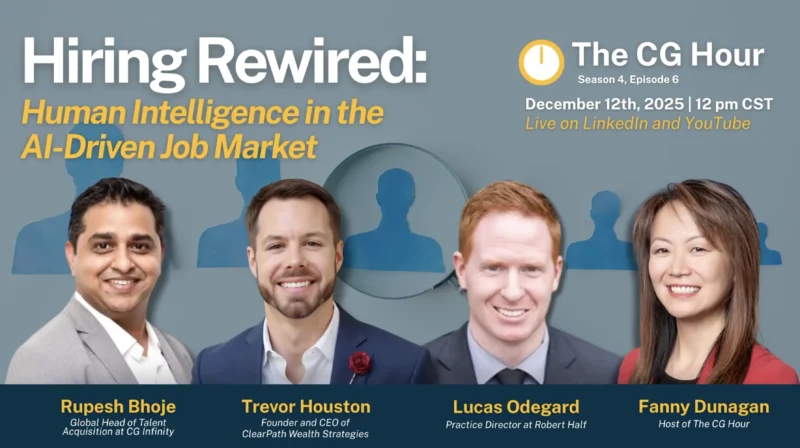How Driver Monitoring Saves Lives and Makes a Difference with Eric Waldinger of SambaSafety
Driver monitoring saves lives and can make a difference leading to safer roadways. It’s hard to turn on the local news without seeing reports of the latest highway accident. Vehicle crashes happen every day, numbing the public to the severity of the issue. But the truth is, 94% of these crashes are preventable said Eric Waldinger, Chief Marketing Officer at SambaSafety on The Blind Spot.
A staggering number of people lose their lives on the road each year, affecting mothers, brothers, business owners, companies, and neighbors alike. Creating safer roads is a community effort and one that rises to the top of public priority. Whether you’re a stay-at-home mom driving kids to school, or the owner of a nationwide trucking company, safe-driving habits affect everyone.
In the next 5 years, SambaSafety aims to reduce crashes by 20%. How? By using advanced data insights and predictive analytics, SambaSafety’s models assist in finding risky drivers, and helps organizations enhance their culture of safety. Predictive models find risky drivers, and SambaSafety helps organizations train and talk to these drivers so accidents are stopped before they happen.
Using the power of data, SambaSafety is hoping to use driver monitoring to help take back control of the roads again.




